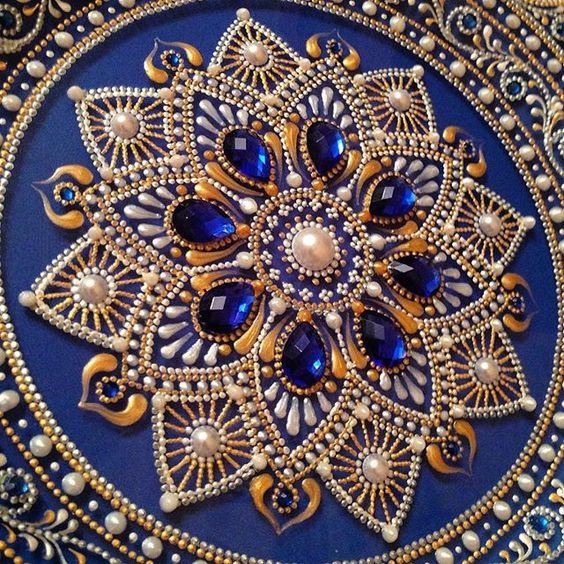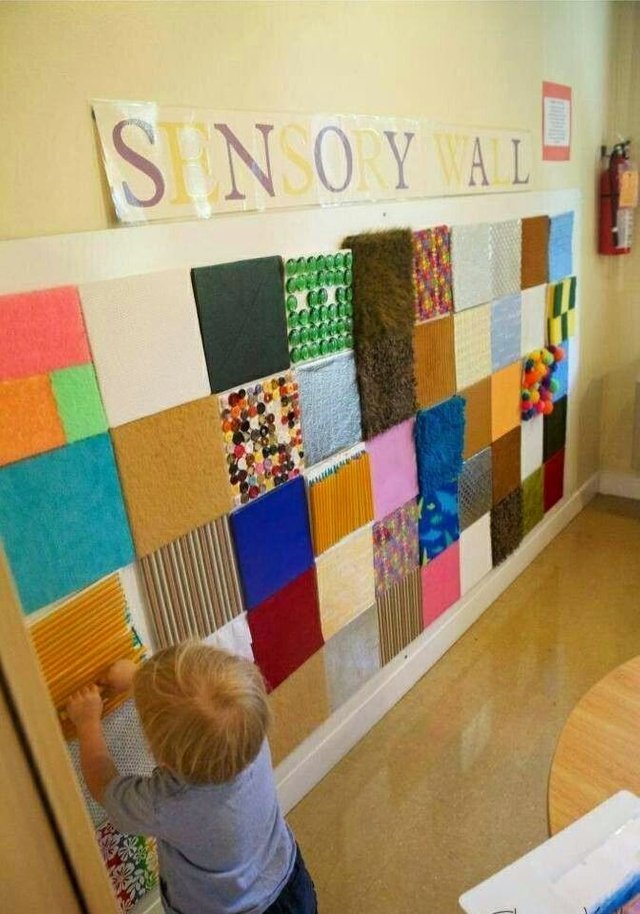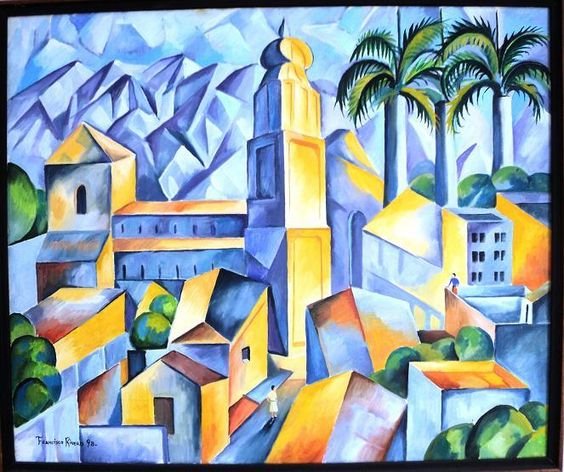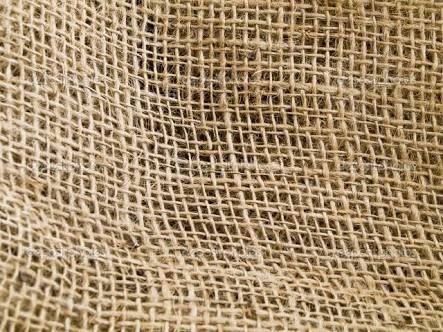Continuing with the teaching of plastic arts in education, this time I bring the study of texture as an important element in the study of the plastic arts.

Source
The texture corresponds to the external appearance of the structure of the materials. It is a way to find new ways to use materials, research with them, create a personal plastic language through matter as it is done with line or color. It is about the visual and tactile characteristic of a surface or the treatment that can be given to it.

Children enter the world of textures during early childhood through visual and tactile perception. At this time it is textures of the type of material, such as wood, plastic fabrics and papers; or natural, such as sand, earth, water, leaves, petals, hair or the skin of certain animals. that is, everything that can be seen or touched. The cataloging is exhaustive, if not interminable; the more extensive the exploration that a child can make with the sensations he perceives, the richer his experience of life.
Source
In the artistic creation, the textures can be classified by imitation, according to the treatment of the technique, or by the characteristics of the technique itself. The results are of a wide variety of material and chromatic quality.
When they recognize, experience and study, classes, expressive values and their function, whether aesthetic or decorative, are considered. The photographic images and the reproduction with a good pregnancy contribute a great amount of data on the different types of textures according to the area to which they belong. Appreciating their qualities is an interesting aspect of education to become familiar with a specific glossary.
The study of the plastic works of some artistic movements that use the texture as the main plastic element is very important. Cubism and Informalism, for example, adopt a large number of solutions in the treatment of materials in the preparation of graphic or pictorial textures and modeling and construction according to a wide variety of graphic, pictorial or sculptural procedures for the treatment of surfaces.

Source
The textures of the artistic creation depend on the qualities of the materials and the use of the materials and the use of the means, as well as the capacity to treat them of each artist or child. Whether graphic, pictorial, engraving, modeling, construction or visual techniques, they can be done by imitation or by personal creation.
Texture classes
One way to group the textures is by differentiating between those of the natural world and those of the artificial world, that is, those created by the manipulation of materials or by an industrial production system.
- Natural textures
They belong to three areas: the animal, vegetable and mineral world. If you think about the human being, the texture of the hair and the skin; in the qualities and differences of the skin of the animals; on the velvety, matte, iridescent or transparent wings of an insect; in the bright and polychrome scales of some fish; in the bark of the trunks of the trees or in the colors and textures of marble or of some stones like granite. With all this we experience a graphic sensation of sensory perception due to the diversity and variety of plastic qualities.

Source
- Artificial textures
They fit as many classifications as areas to which they belong. The metals, fabrics, papers, objects, glass and glass, stucco or treatments of facades and walls are just some representative examples. Each of them, upon perceiving it visually or tactilely, offers sensations such as transparency, brightness, opacity, coldness, warmth, softness, roughness, roughness, hardness or ductility.

Source
To the extent that children get in touch with their environment will get more learning. Let him feel the different types of textures and enjoy with him his discoveries.
Source
Reference:
https://www.bbmundo.com/bebes/la-importancia-del-tacto-y-las-texturas/
http://recursostic.educacion.es/artes/plastic/web/cms/index.php?id=55
https://muyfitness.com/tipos-de-textura-natural_13176743/
friend Deisy67 as the subject of the plastic arts is very important as this is a great help for children and more when we use recycling material, the plastic art has to do with the creativity of each person
Downvoting a post can decrease pending rewards and make it less visible. Common reasons:
Submit
Thanks @ luis149 for reading and commenting on my post, I'm glad to see people who like the information I publish.
Downvoting a post can decrease pending rewards and make it less visible. Common reasons:
Submit
Hopefully the science you give can be used well so that life can be bright later
Downvoting a post can decrease pending rewards and make it less visible. Common reasons:
Submit
Thanks
Downvoting a post can decrease pending rewards and make it less visible. Common reasons:
Submit
I love your publication, it helps to understand how to learn our children thanks to the textures
Downvoting a post can decrease pending rewards and make it less visible. Common reasons:
Submit
Thank you friend for reading and commenting
Downvoting a post can decrease pending rewards and make it less visible. Common reasons:
Submit
amazing, good luck
Downvoting a post can decrease pending rewards and make it less visible. Common reasons:
Submit
Thanks
Downvoting a post can decrease pending rewards and make it less visible. Common reasons:
Submit